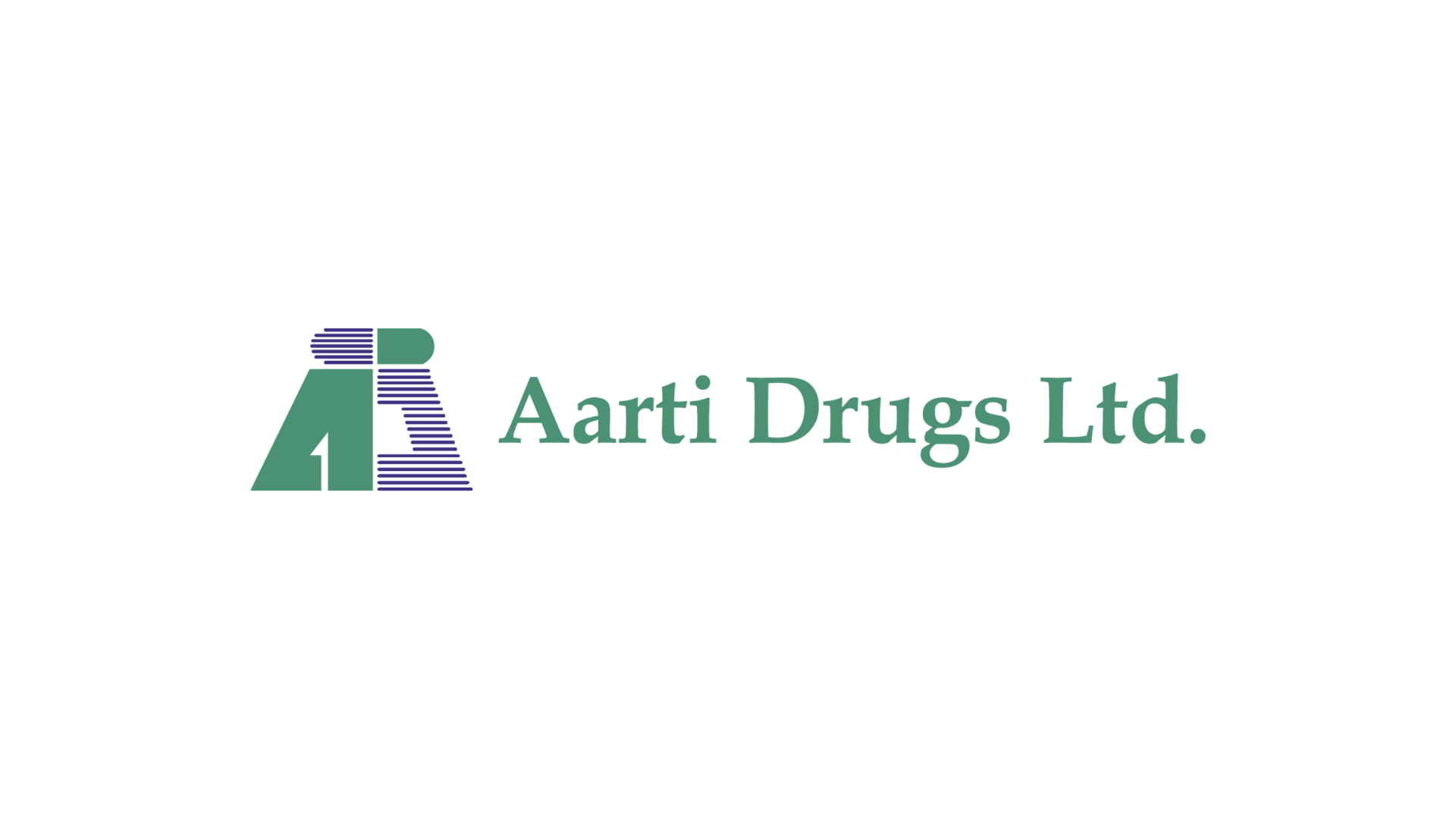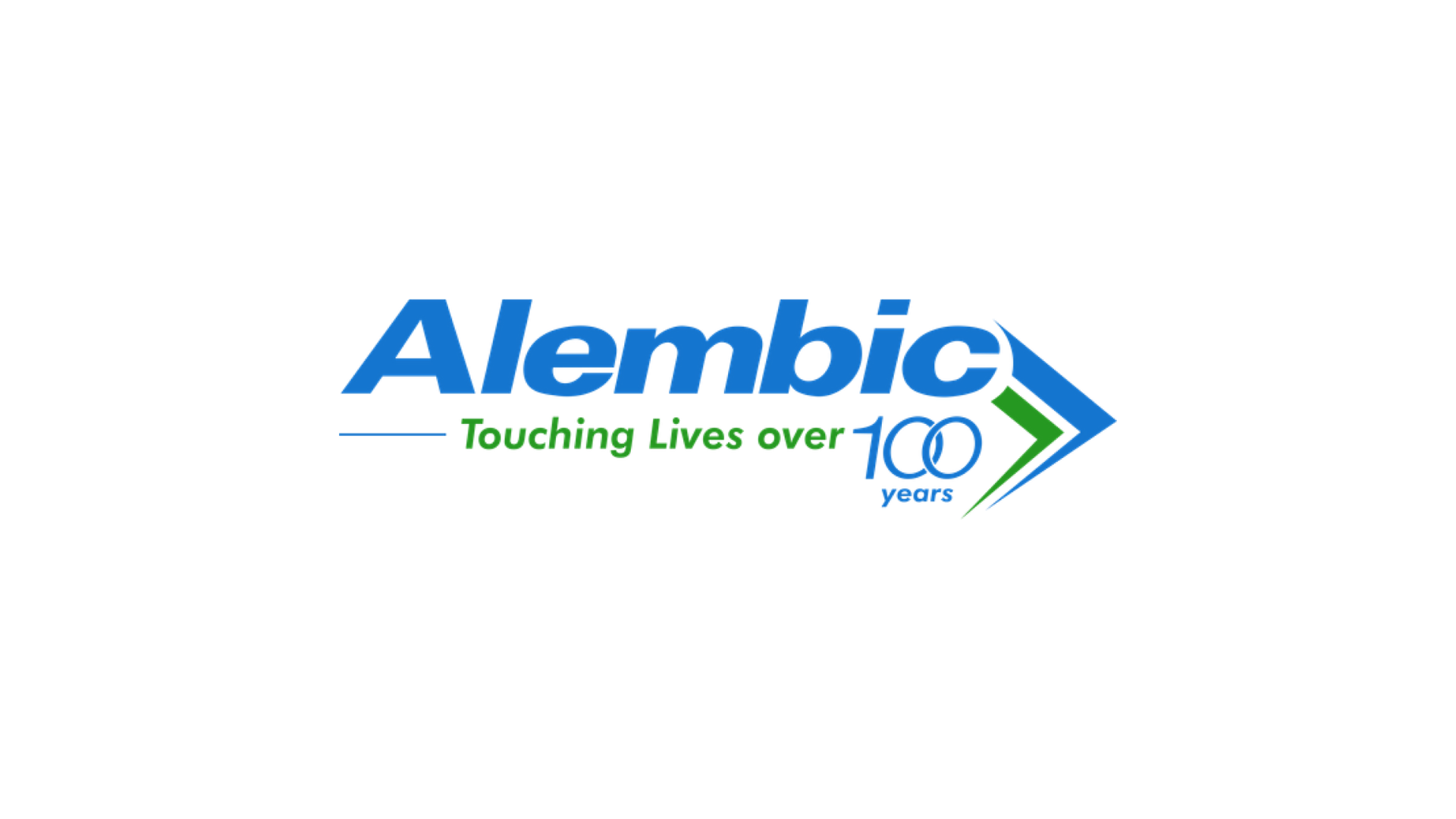Enhancing Rail & Mobility with Airflow and IAQ Monitoring Systems
Air quality and airflow in rail and mobility systems have become paramount as we strive to create healthier, safer environments for passengers. In recent years, the importance of monitoring and managing indoor air quality (IAQ) has gained significant attention. With the rise of advanced technology, an effective airflow and IAQ monitoring system is now a critical component for modern railways and other modes of transportation. These systems not only enhance passenger comfort but also ensure compliance with health and safety standards.

Understanding the Airflow and IAQ Monitoring System
An airflow and IAQ monitoring system integrates various sensors and technologies to measure and manage the quality of air within a transportation environment. These systems monitor parameters such as temperature, humidity, carbon dioxide (CO2) levels, volatile organic compounds (VOCs), and particulate matter (PM). By continuously analyzing these factors, the system can provide real-time data, helping to maintain optimal air quality and airflow.
Importance of Airflow and IAQ in Rail & Mobility
Ensuring proper airflow and high indoor air quality in rail and mobility systems is vital for several reasons. Firstly, it directly impacts passenger health and comfort. Poor air quality can lead to respiratory issues, discomfort, and a general decline in passenger satisfaction. Secondly, it helps in maintaining compliance with health regulations and standards, which is crucial for the operation of public transportation systems. Lastly, good air quality can reduce the spread of airborne diseases, which is especially important in crowded spaces like trains and buses.
Components of an Effective Airflow and IAQ Monitoring System
Sensors
Sensors are the backbone of any IAQ monitoring system. They detect and measure various air quality parameters, providing the data needed for analysis. Common sensors include:
- CO2 Sensors: Measure carbon dioxide levels, indicating ventilation effectiveness.
- VOC Sensors: Detect volatile organic compounds, which can originate from cleaning products, furnishings, and other sources.
- Particulate Matter Sensors: Measure the concentration of airborne particles, which can be harmful when inhaled.
- Temperature and Humidity Sensors: Monitor thermal comfort and moisture levels, which can affect both air quality and passenger comfort.
Data Processing Units
Data processing units collect and analyze data from the sensors. They can trigger alerts and actions, such as adjusting ventilation systems or informing maintenance crews if air quality falls below acceptable levels.
Communication Systems
Communication systems transmit data to a central monitoring station or mobile devices, allowing for remote monitoring and management. This connectivity is essential for real-time adjustments and long-term data analysis.
User Interfaces
ser interfaces, such as dashboards or mobile apps, present the collected data in a user-friendly format. This enables operators to quickly assess air quality conditions and take necessary actions.
Benefits of Implementing Airflow and IAQ Monitoring Systems
Improved Passenger Health and Comfort
By ensuring that air quality remains within optimal levels, these systems contribute to the overall health and comfort of passengers. Clean, well-ventilated air reduces the risk of respiratory issues and enhances the travel experience.
Compliance with Regulations
Regulatory bodies have set standards for indoor air quality, particularly in public transportation. Implementing an airflow and IAQ monitoring system helps operators comply with these standards, avoiding potential fines and ensuring a safe environment for passengers.
Energy Efficiency
These systems can optimize ventilation processes, reducing energy consumption. For example, they can adjust ventilation rates based on real-time occupancy and air quality data, ensuring efficient use of resources.
Enhanced Data Collection and Analysis
Continuous monitoring provides valuable data that can be used to improve air quality management strategies. Over time, this data can reveal patterns and insights, leading to more effective interventions and better overall system performance.
Reduced Spread of Diseases
Good air quality can significantly reduce the spread of airborne diseases. This is especially critical in densely populated transportation environments, where the risk of transmission is higher.
Implementing Airflow and IAQ Monitoring in Rail & Mobility
Assessment and Planning
The first step in implementing an airflow and IAQ monitoring system is conducting a thorough assessment of the existing environment. This includes identifying critical areas, understanding passenger flow, and determining the specific air quality challenges faced by the transportation system.
Selecting Appropriate Technologies
Based on the assessment, operators can select the most suitable sensors and monitoring technologies. It’s essential to choose equipment that is reliable, accurate, and capable of withstanding the harsh conditions often found in transportation environments.
Integration with Existing Systems
The monitoring system should be integrated with existing ventilation and HVAC systems. This allows for automated adjustments based on real-time data, ensuring consistent air quality without manual intervention.
Training and Maintenance
Operators and maintenance crews should be trained on how to use the system and interpret the data it provides. Regular maintenance and calibration of sensors are crucial to ensure ongoing accuracy and reliability.
Challenges and Solutions in Airflow and IAQ Monitoring
Sensor Placement and Coverage
One of the challenges in implementing an IAQ monitoring system is ensuring that sensors are placed in optimal locations to provide comprehensive coverage. Inadequate sensor placement can result in inaccurate readings and ineffective air quality management.
Solution
Conduct a thorough site assessment to identify high-traffic areas, potential pollutant sources, and critical ventilation points. Use a combination of fixed and mobile sensors to ensure comprehensive coverage.
Data Management
Handling the large volume of data generated by IAQ sensors can be challenging. Without proper data management, valuable insights may be lost, and the system’s effectiveness can be compromised.
Solution
Implement robust data processing and analytics tools. Use cloud-based platforms for data storage and analysis to ensure scalability and accessibility. Regularly review and interpret data to identify trends and make informed decisions.
Maintenance and Calibration
Regular maintenance and calibration of sensors are essential to ensure their accuracy. However, this can be resource-intensive and may disrupt operations if not managed properly.
Solution
Develop a maintenance schedule that minimizes disruption. Use predictive maintenance tools to anticipate and address issues before they affect system performance. Consider using sensors with longer calibration intervals to reduce maintenance frequency.
Future Trends in Airflow and IAQ Monitoring for Rail & Mobility
Integration with Smart Technologies
The future of IAQ monitoring lies in the integration with smart technologies. Advanced AI and machine learning algorithms can predict air quality trends and optimize ventilation in real-time, improving efficiency and effectiveness.
Sustainable Practices
As sustainability becomes a priority, IAQ monitoring systems will play a crucial role in reducing the environmental impact of transportation systems. By optimizing energy use and improving air quality, these systems can contribute to greener, more sustainable operations.
Enhanced Passenger Engagement
Engaging passengers in air quality monitoring can enhance their experience and increase awareness. Providing real-time air quality data through mobile apps or onboard displays can empower passengers and build trust.
Collaboration and Standardization
Collaboration between transportation operators, technology providers, and regulatory bodies will be essential for the continued advancement of IAQ monitoring. Standardizing best practices and sharing data can drive innovation and improve air quality across the industry.
The implementation of an airflow and IAQ monitoring system in rail and mobility is a crucial step toward ensuring passenger health, comfort, and safety. By leveraging advanced technology and best practices, operators can create environments that are not only compliant with regulations but also optimized for energy efficiency and disease prevention. Companies like Mshriy C&E are leading the way with innovative solutions that set new standards for air quality management in transportation.
In summary, investing in an effective airflow and IAQ monitoring system is an investment in the future of rail and mobility, offering significant benefits for passengers and operators alike.






































































